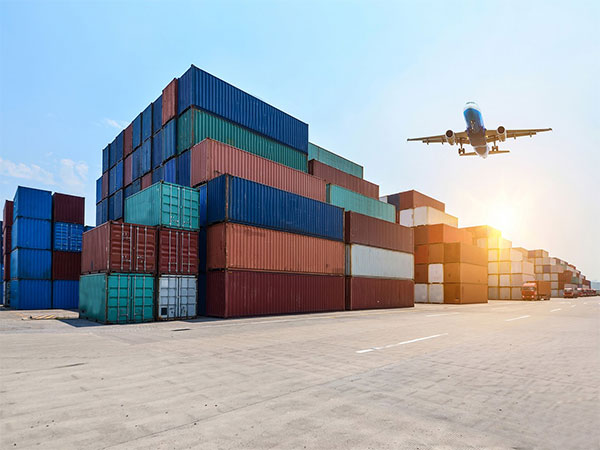India’s export growth showed signs of recovery in September, but challenges such as container shortages and geopolitical uncertainties continue to pose risks. The outlook for merchandise trade remains uncertain, according to a report by Crisil. The widening trade deficit is a concern, especially with the US imposing higher tariffs on Chinese imports. This could potentially lead to a surge in Chinese exports to Asian markets, including India. Despite these challenges, a robust services trade and strong remittance inflows are expected to provide some stability, helping to keep the current account in a safe zone.
In September, India’s merchandise exports saw a modest rebound, with a 0.5% year-on-year growth to USD 34.6 billion after two months of decline. This growth was driven by a 9.2% increase in core exports, with notable growth in sectors such as drugs and pharmaceuticals, engineering goods, and readymade garments. However, a significant decline of 26.8% in petroleum product exports continued to drag down overall export figures. Gems and jewellery exports also showed signs of recovery after a period of weakness. The decline in crude oil prices helped reduce India’s oil import bill but adversely affected the value of petroleum exports, contributing to the sector’s contraction.
On the imports front, merchandise imports rose by 1.6% year-on-year to USD 55.4 billion in September. Oil imports continued to decline, falling by 10.5% due to easing crude prices. Despite steady growth in core imports, the moderation in overall import growth led to a narrowing of India’s trade deficit to USD 20.8 billion in September. This was down from USD 29.7 billion in August and close to the USD 20.1 billion recorded in September 2023. Non-oil exports showed a strong growth rate of 6.8% in September, with several sectors demonstrating substantial gains.
For the April-September period, cumulative merchandise exports grew by 1% to USD 213.22 billion, up from USD 211.08 billion a year earlier. While there are challenges and uncertainties in the external trade environment, the report by Crisil indicates that India’s export sector is making positive strides. As global economic conditions continue to evolve, it is crucial for Indian exporters to adapt and innovate to overcome challenges and capitalize on emerging opportunities in the global market. By diversifying export markets and products, as well as addressing structural bottlenecks, India can enhance its export competitiveness and ensure sustainable growth in the merchandise trade sector.











